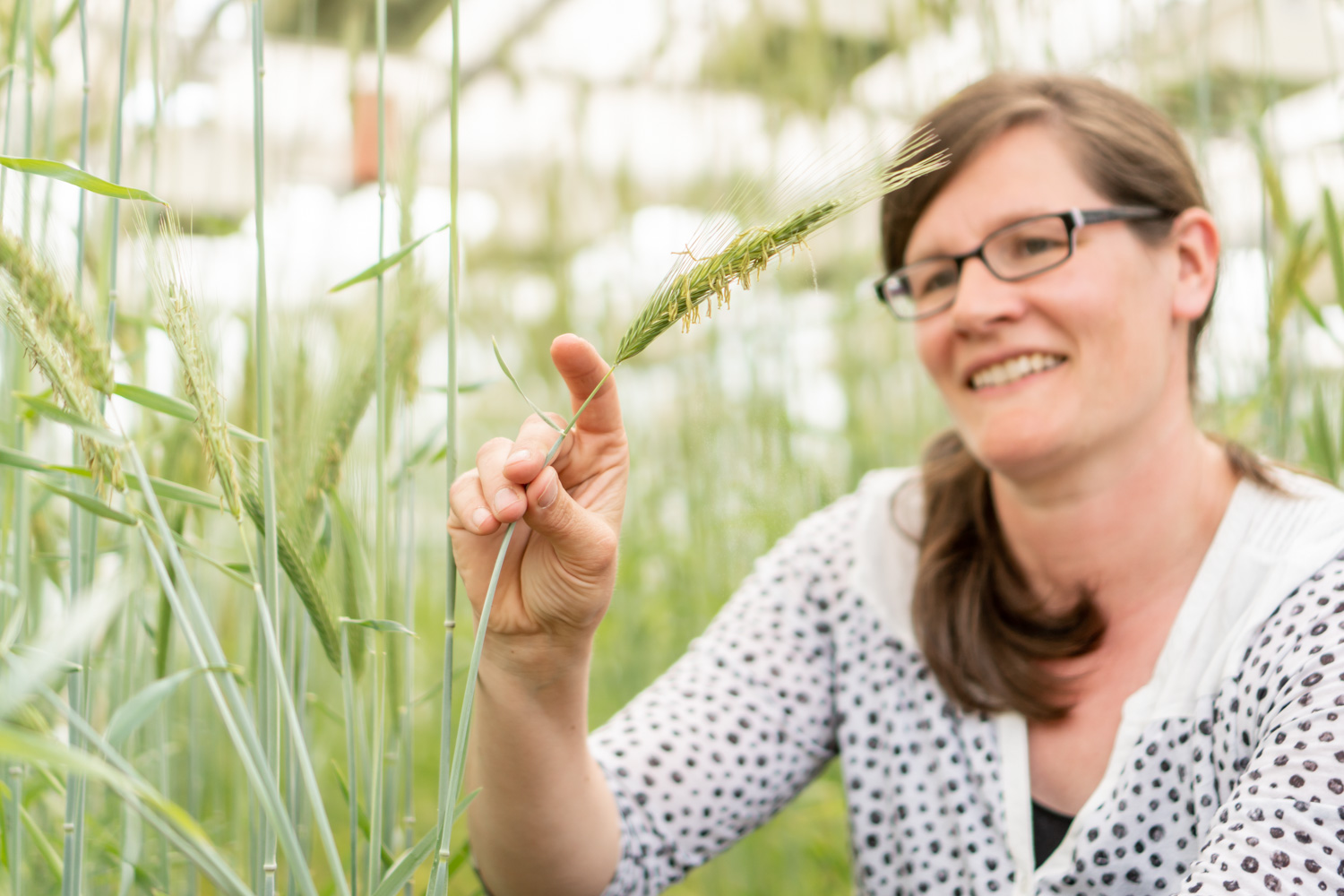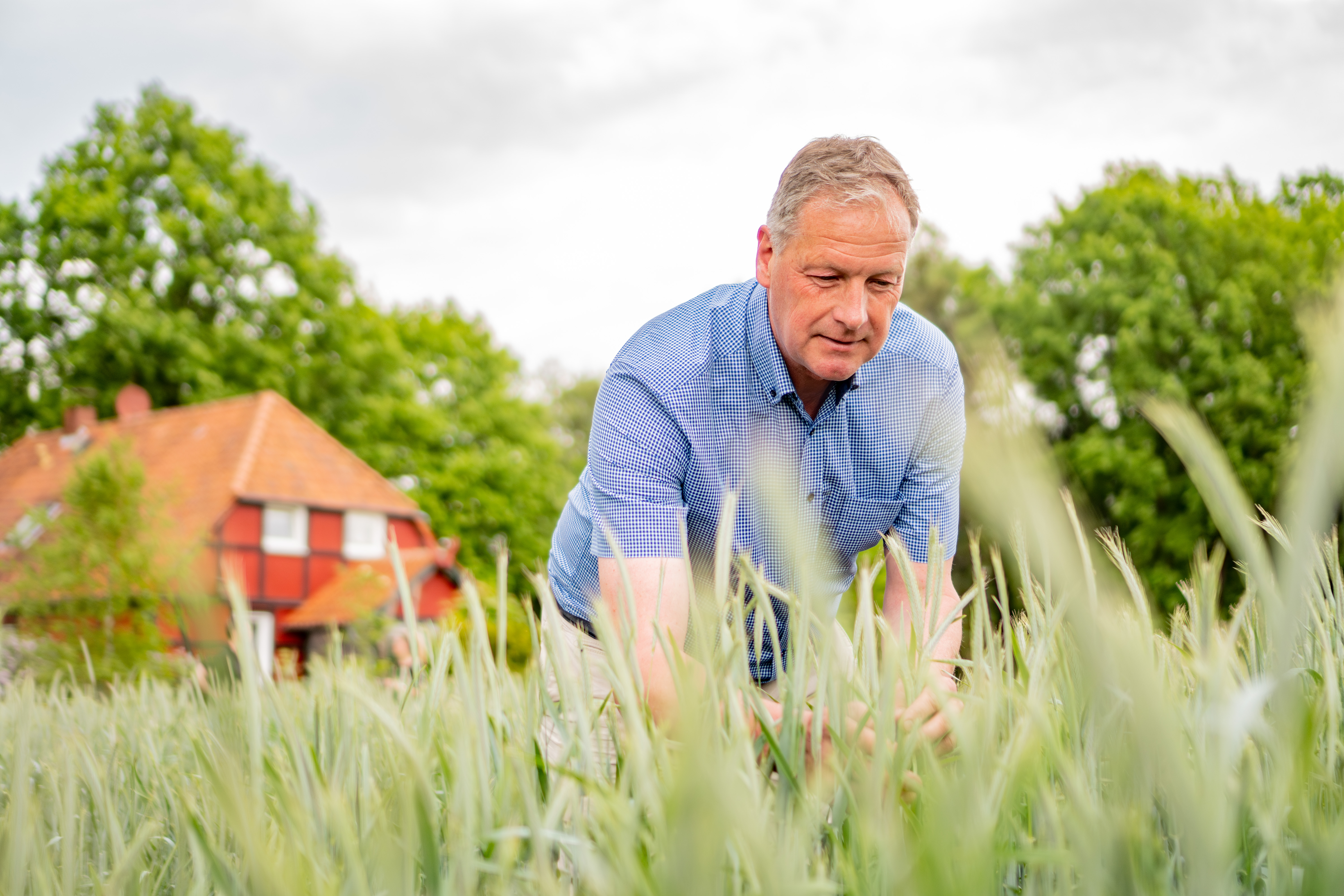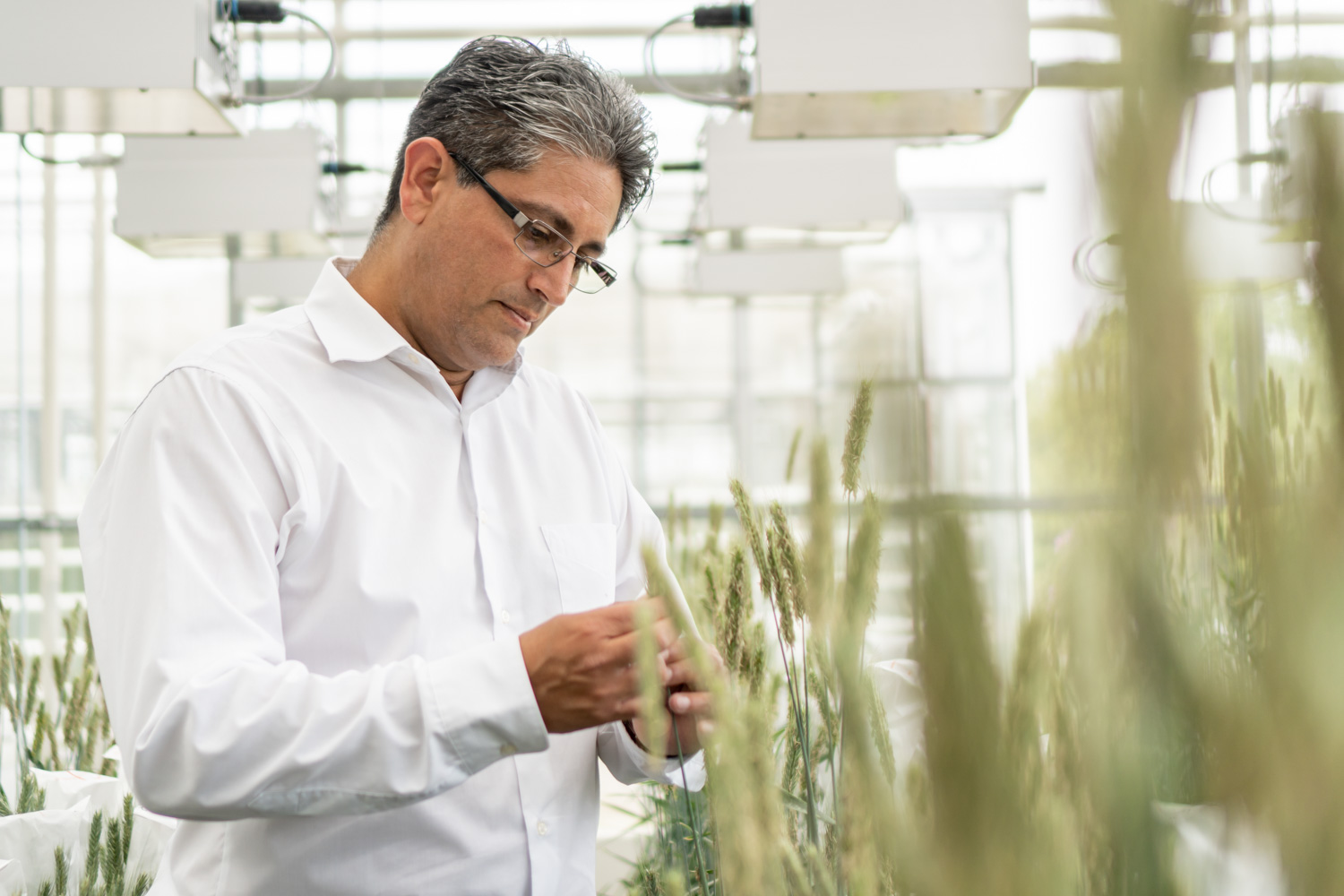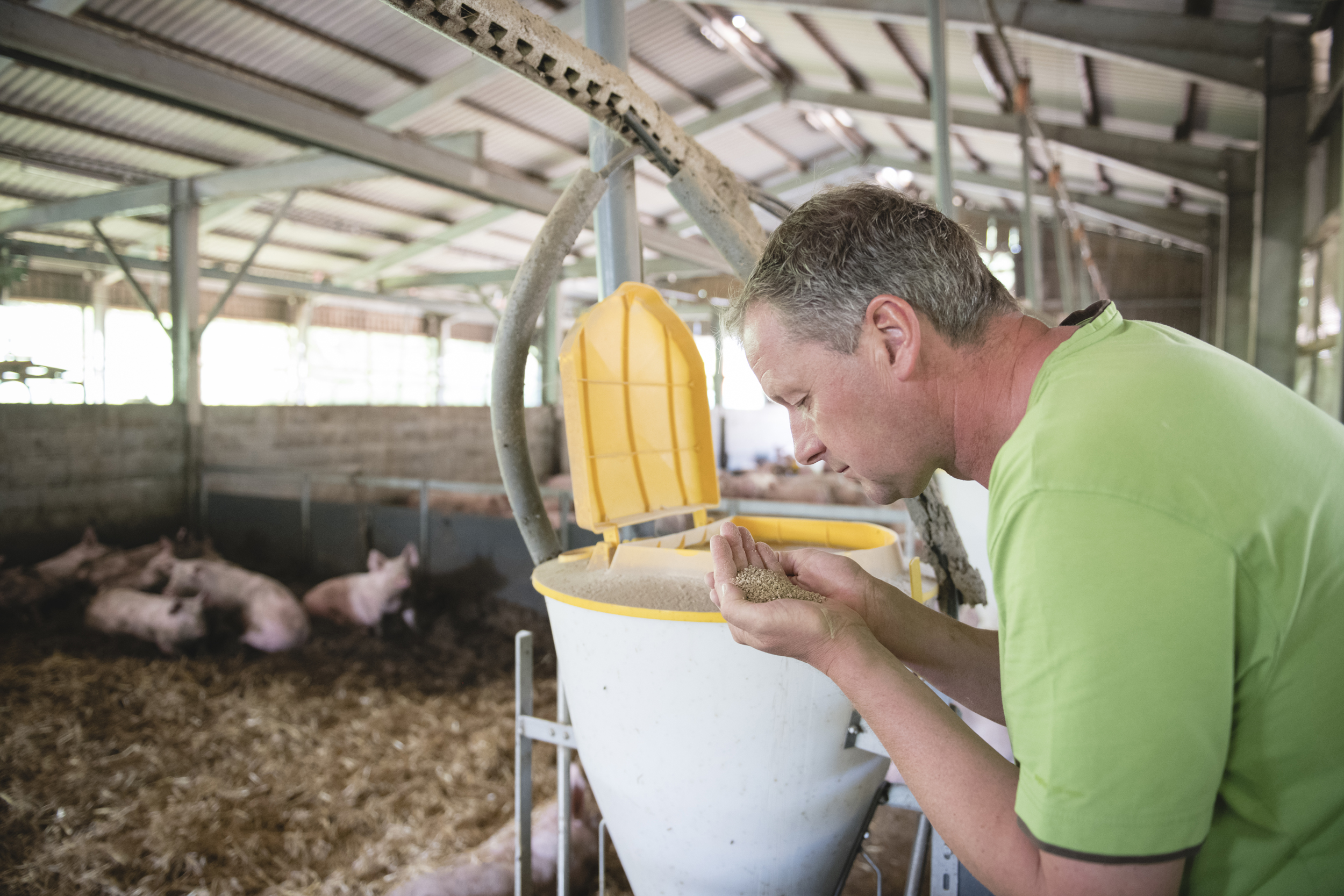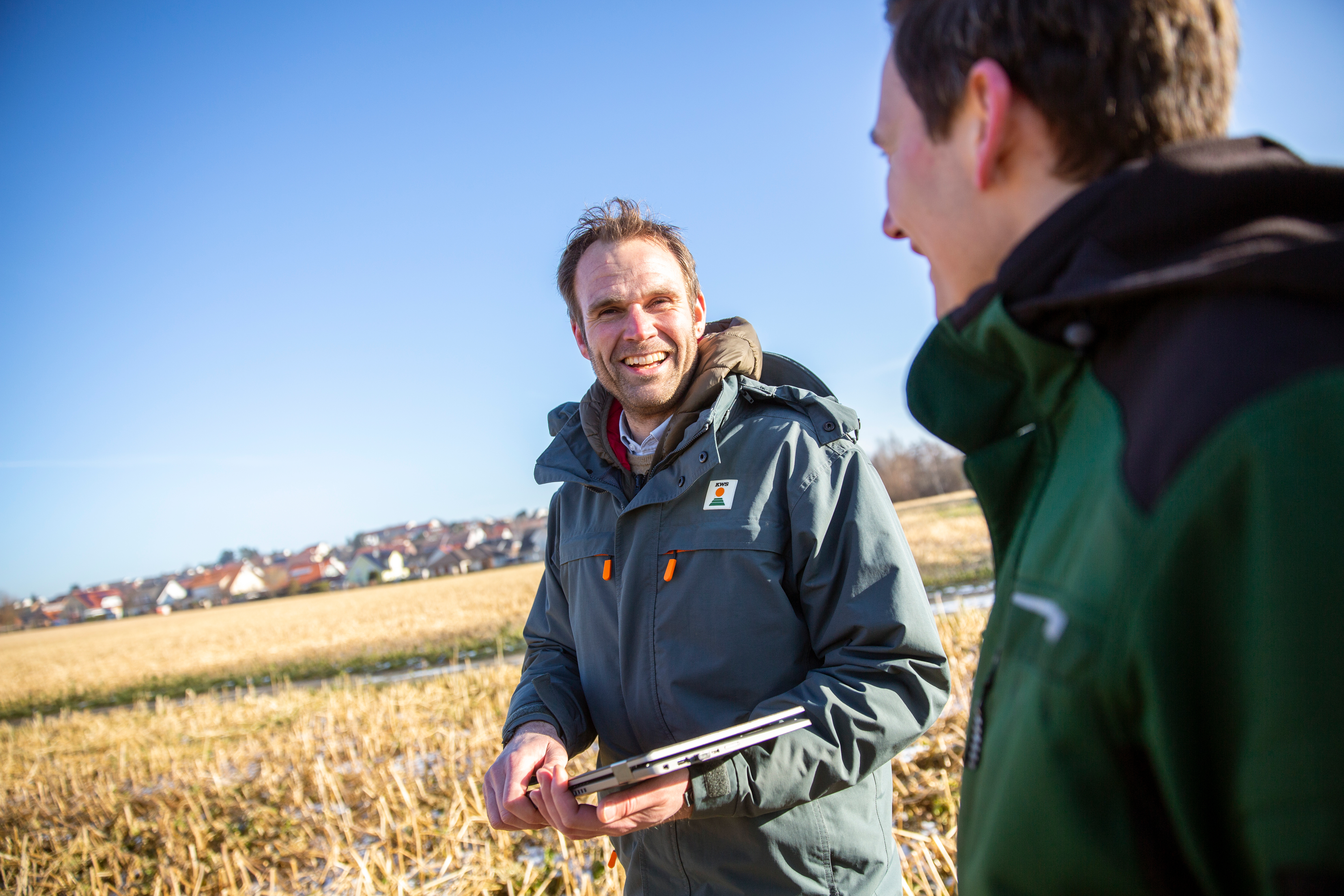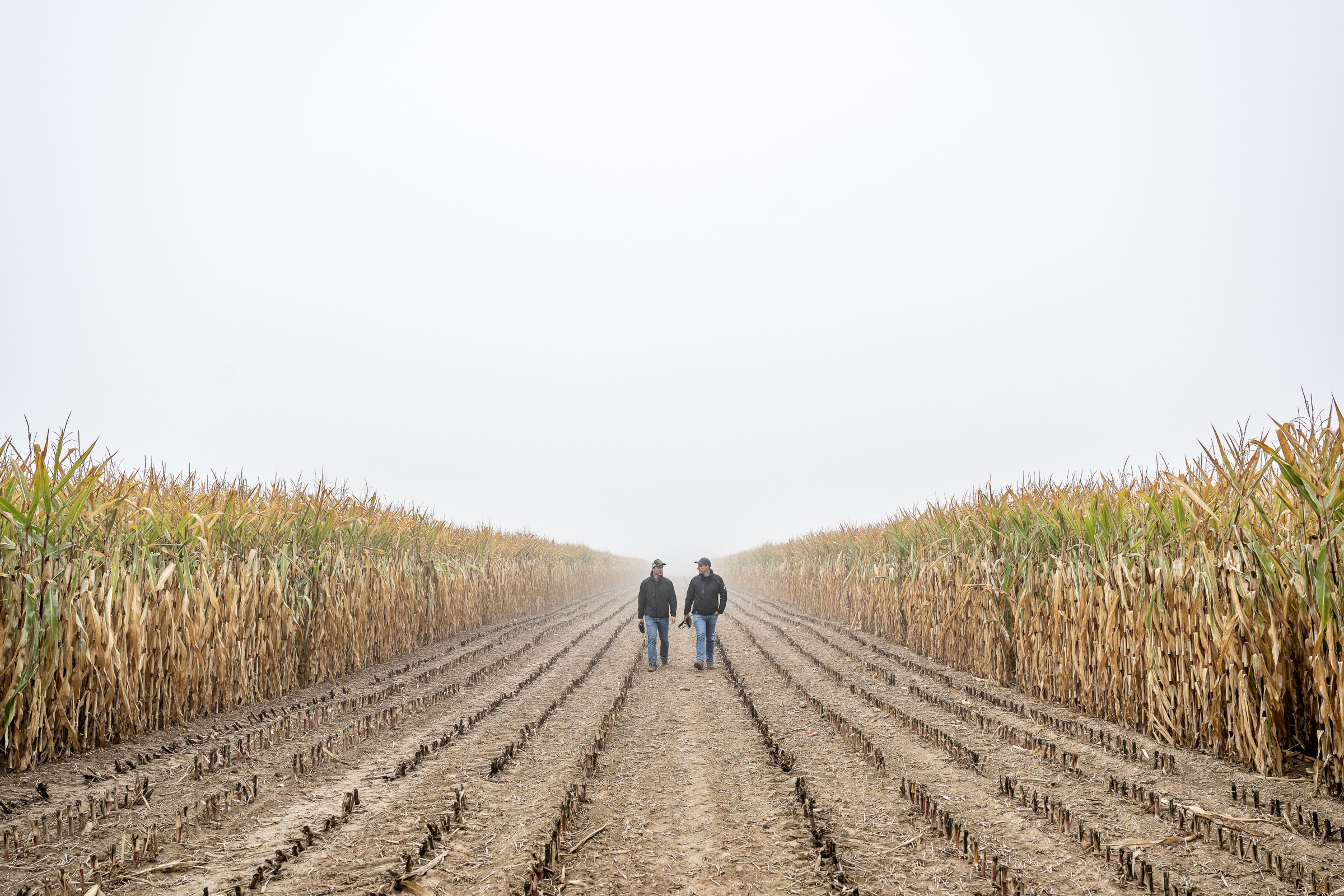More pollen shedding, less infection risk
KWS Checklist
- To support pollen dispersal and rapid pollination, farmers should grow rye in locations exposed to wind.
- Sowing of high-quality seed to avoid spreading sclerotia in the field.
- Since ergot can survive up to three years in the soil, an appropriate crop rotation and pause from rye and triticale cultivation is important.
- Integrate non ergot hosts such as leaf crops into the crop rotation to prevent the spread of the fungus.
- An insufficient plant density leads to an uneven development of tillers and, thus, flowering, which promotes ergot infection.
- Before flowering, grasses around the field should be cut as these are intermediate ergot hosts.
- Ergot sclerotia left in the field after harvest may germinate in the spring. The fungus can be dispersed by means of insects, rain or droplets through the air and this way infect early-flowering grasses and cereals.
- An appropriate sowing density and depth, a balanced nitrogen fertilization as well as an agronomically sound application of growth regulators will enable an even and narrow flowering window.
You can find more information about ergot and PollenPLUS here:
PollenPlus - KWS SAAT SE & Co. KGaA
Your Contact

